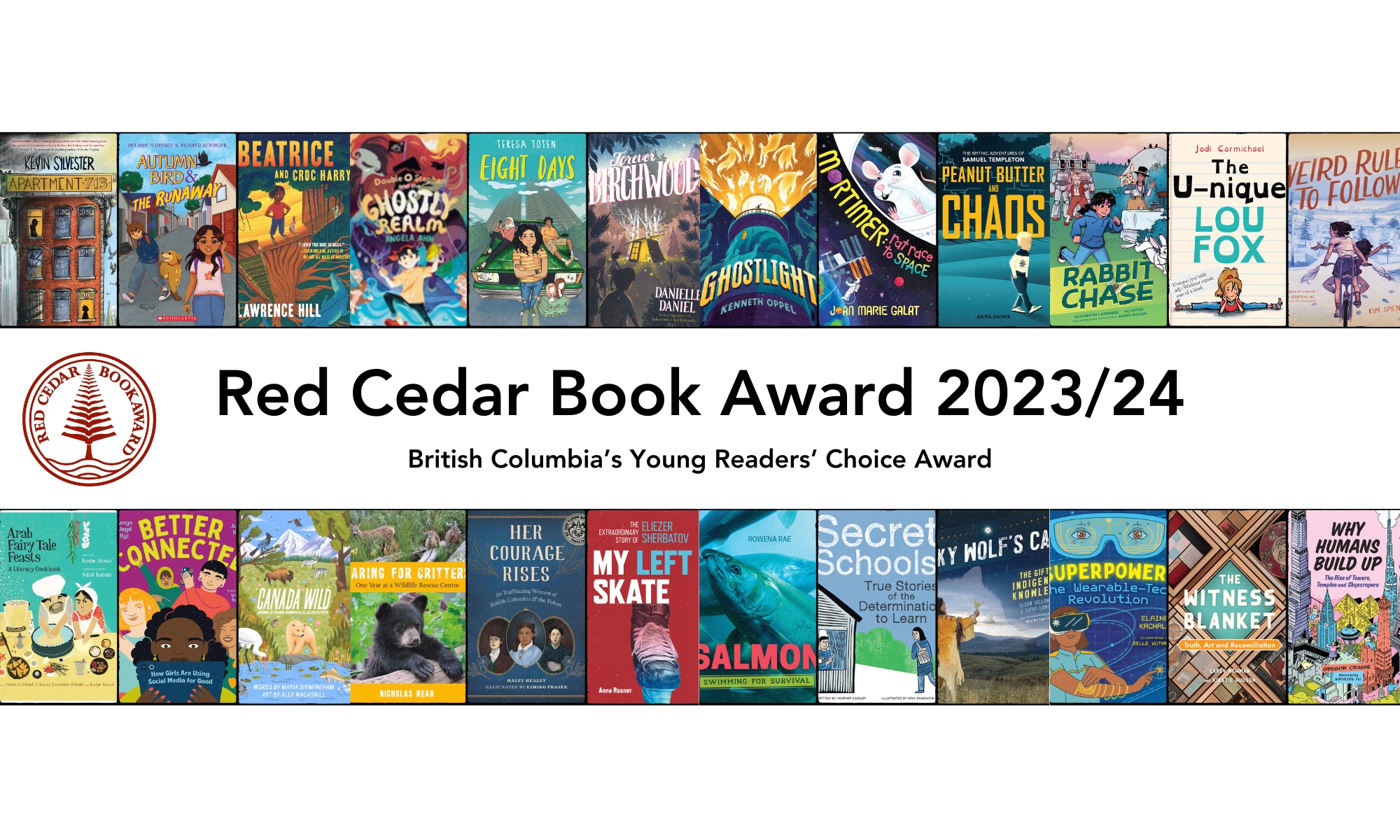 How did you come up with your characters?
How did you come up with your characters?
Usually I start with a situation or a premise and I slot in a character who is very much like me to start with. As I write I kind of carve away my own personality and carve in a new personality if that makes sense. Sometimes giving a character a name tells me a lot about them. What kind of parent named a child “Journey” in 1962? How does Journey feel about her name? When I add appearance details like hair color and age and size I get to know them more. Then I choose clothes for them. What kind of clothes do they like? Why? Most of my characters maintain some key characteristics of me. I love animals, for example. I love reading and learning.

Have you ever experienced anything like what happened to the characters?
I’m a little younger than Journey would be today, but I did live in a city in the 1970s so I remember what that was like. And I HAVE seen pandas (in a zoo). The only animals I’ve helped are my pets and occasionally a bird if it gets stunned from flying in a window.
 How long have you been writing for?
How long have you been writing for?
I started writing my first (unfinished) novel when I was about 11. I still have it!
Are the characters based on real people?
My brother-in-law, Ben thinks David is based on him and that’s pretty much true. The rest of the characters are made up.
What inspired you to be a writer?
I’ve tried pretty much every other job and this is the only one I’m good at that doesn’t make me sad.
What difficulties did you encounter when you were writing the book and how did you solve them?
Sometimes I’m not sure what is going to happen next. Sometimes when that happens I just wait and work on something else until I get a good idea. Other times I just write any old thing and fix it later.

Do you have any tips for young writers?
Write something short enough to finish. Start with poems. Then short stories. Always try to finish. Then revise your draft to see if you can make it better. Writing is rewriting.
Did you have a plan for the novel or make it up as you went along?
I made this one up. Sometimes I use a plan because it’s faster that way.
How long did it take you to write Pandas On the Eastside?
I started writing it in 2010 and sold it to my publisher in 2015. So about five years. But I was working on a bunch of other things at the same time and published four other books.

If you could have added anything else to the book, what would it have been?
I don’t know! What a good question! Maybe Journey could have met the president or something.
Who is your favourite author?
I really admire Margaret Atwood and J.K Rowling.
-Melisa Hunter, Teacher-Librarian, and students from École South Sahali, Kamloops, BC


 We are super excited that Tanya Lloyd Kyi, author of the fascinating book
We are super excited that Tanya Lloyd Kyi, author of the fascinating book  MSE: Why did you name the DNA Scientists Genetic rock stars?
MSE: Why did you name the DNA Scientists Genetic rock stars? MSE: Why did you start writing books?
MSE: Why did you start writing books?
 homemade submarine with his pet seagull and dog to learn how to be an environmentalist and save the oceans. On the way Alfred learns many life lessons and meets new friends for life. After Alfred gets to Australia he gets mistakenly accused of sabotaging a tanker and has to make a daring escape with the help of a friend. Because of that Alfred makes his way over to Tasmania to see if he can help the Sea Shepherd Society battle tankers that supply Japanese whale hunters with fuel for their ships.
homemade submarine with his pet seagull and dog to learn how to be an environmentalist and save the oceans. On the way Alfred learns many life lessons and meets new friends for life. After Alfred gets to Australia he gets mistakenly accused of sabotaging a tanker and has to make a daring escape with the help of a friend. Because of that Alfred makes his way over to Tasmania to see if he can help the Sea Shepherd Society battle tankers that supply Japanese whale hunters with fuel for their ships.